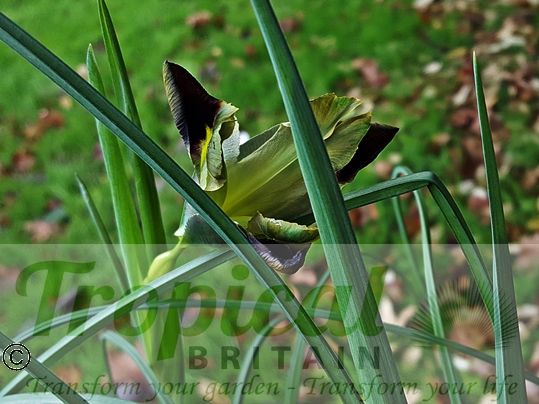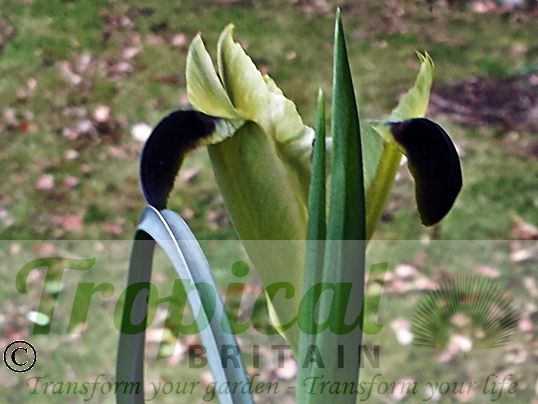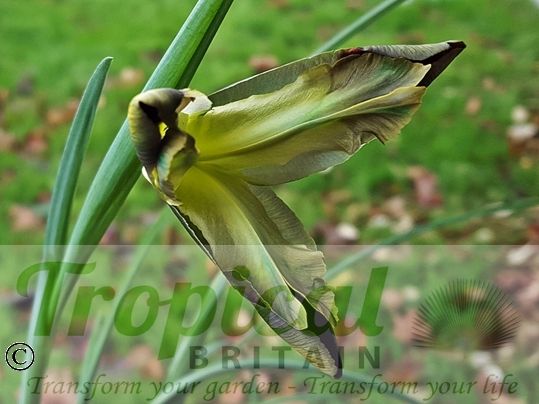Iris tuberosa, the Snake's Head Iris, is endemic to the Mediterranean and is found from southeast France and North Africa to Israel. Until relatively recently it was known to most gardeners as Hermodactylus tuberosum but recent taxonomic work has returned it to its original genus as Iris. Iris tuberosa is a curious Iris, the only species to have quadrangular leaves, it also lacks vexillum tepals. It has a subtle appearance, emphasised by its subdued colouration and short stature. It has translucent glass-like falls and reflexed velvety brownish-purple blades. If you are tired of overblown Iris hybrids it is a very useful antidote. It also has a pleasant fragrance.
In its natural habitat Iris tuberosa grows on poor shallow soil that is rocky and well-drained. It usually takes a year to establish itself before flowering and if you give it too deep or too rich a soil you will postpone flowering even more. A shallow rocky well-drained soil is what it needs and the heat of full sun in the summer once the leaves have died back.
Additional Information
| Order | Asparagales |
|---|---|
| Family | Iridaceae |
| Sub-Family | Iridoideae |
| Synonyms | Hermodactylus tuberosus |
| Geographical Origin | Mediterranean |
| Cultivation | Full sun. Poor, shallow soil with good drainage. Summer heat |
| Eventual Height | 20-35 cm |
| Eventual Spread | 30 cm |
| Hardiness | Hardy |

Free DELIVERY
ON ALL ORDERS OVER £99THIS OFFER IS VALID ON ALL OUR STORE ITEMS.
















